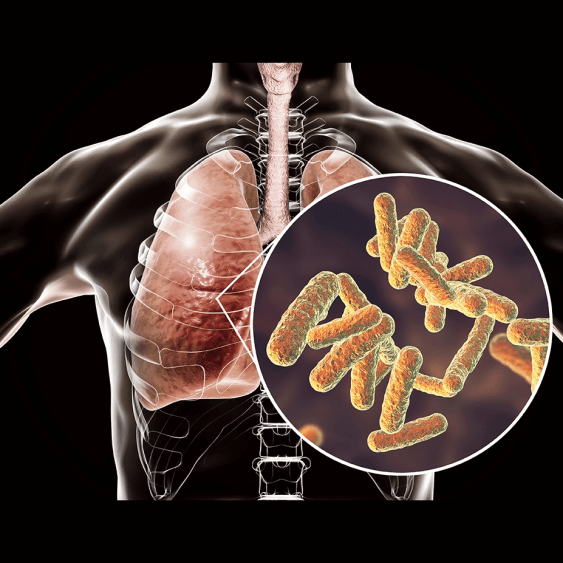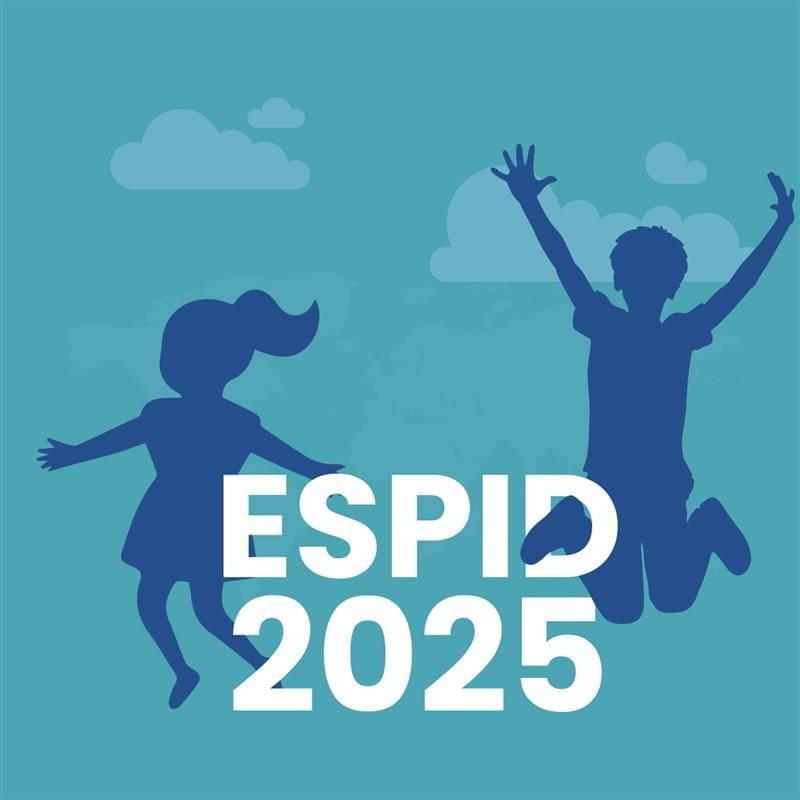ESPID 2025: Parallel Symposium 03: Paediatric Mycology
Neonatal Candidiasis: A Global Perspective
Speaker: Dr Laura Ferreras-Antolin, United Kingdom
Introduction:
In the session, the speaker presented a global perspective on neonatal candidiasis addressing its epidemiology, risk factors, species distribution, and management- especially in low- and middle-income countries (LMICs).
Global Trends and Disease Burden:
- Neonatal invasive candidiasis (NIC) incidence has been estimated to be 5-10 per 100,000 live births and 0.03-0.2% among hospitalized neonates. For those < 1kg, a higher incidence has been observed (7-9%) with 20% mortality.
- NIC is associated with severe neurodevelopmental impairment and high mortality.
- A systematic review and meta-analysis was performed, including 27 LMICs involving nearly 11,000 cases across 256 countries. A global incidence rate of 3% was found, with South Aisa showing the highest burden (~6%). Data gaps were observed across many regions.
- Sensitivity analysis of 97 articles revealed the global case fatality rates of 34%, excluding China (high middle-income country). When stratified by WHO regions, few regions reported mortality in one-third of affected neonates.
Risk Factors:
- Risk factors were categorized into modifiable and non-modifiable:
- Modifiable: Antibiotic/antifungal use, parenteral nutrition, invasive mechanical ventilation, catheterization
- Non-modifiable: Low birth weight and premature birth
- The EUROCANDY study and US-based study reinforced the link between candidemia with low birth weight and gestational age. However, an Indian study challenged this, as affected neonates had higher gestational ages and birth weights. The majority of babies had exposure to antifungals.
- A sub-analysis of Candida was performed as a part of the NeoOBS multicenter study;127 cases were analyzed. Higher gestational age and weight were reported, contradicting the traditional risk factors.
- In the NeoOBS systematic review, only 12% of affected neonates were under 28 weeks of gestation. Most infants didn’t fall within the high-risk category by traditional definitions.
Candida Species Distribution:
- In Europe and the US, Candida albicans have been the most prevalent species (60%), followed by Candida parapsilosis.
- The NeoOBS study revealed similar trends for Candida albicans and Candida parapsilosis, but a third most common species emerged—Candida auris, particularly seen in India.
- A South African study (2014-2019) reported Candida auris as the third most prevalent fungal species among over 43,000 isolates.
Antifungal Resistance Patterns:
- Fluconazole resistance was low for Candida albicans (6%) but alarmingly high (41%) for Candida parapsiloris. Candida auris showed very low prevalence (~1%).
- Fluconazole-resistant Candida parapsilosis has been increasing since 2018. In a South African cohort, 60% of Candida parapsilosis isolates were resistant, with neonatal status identified as a key risk factor.
- The NeoOBS data also demonstrated that 60% of Candida parapsilosis isolates exhibited fluconazole resistance.
- A systematic review of 476 cases of Candida auris up to Dec 2023 revealed a 42% mortality rate. A higher resistance to amphotericin B was noted (67%), with increasing fluconazole resistance (97.4%).
Management:
- Blood cultures have low sensitivity and are volume-dependent, which is especially problematic in neonates.
- Antifungal susceptibility testing is often inaccessible—available only in 62% of African centers and even less in other LMICs.
- A weekly point prevalence study revealed 70% empirical prescriptions compared to preemptive (10%) or targeted (21%). Data from another survey showed 76.8% empirical prescriptions.
- Among 3,000 neonatal prescriptions, nearly 50% received fluconazole, with amphotericin B being the second most prescribed. Echinocandins were rarely prescribed.
- In Europe, echinocandin use was higher (around 25%) compared to other LMICs.
- The low use of echinocandins and amphotericin B was due to limited availability in LMICs.
Conclusion:
A higher incidence of NIC is reported in lower- and middle-income countries, with Candida albicans being the most prevalent causative pathogen. Other species such as C. parapsilosis and C. auris are also increasing. Echinocandins are effective but underused due to their limited access.
ESPID 2025, 26-30 May, Bucharest
Other Conference Highlights
6 Dec - 9 Dec, 25
ASH 2025
Orlando, Florida.
6 Dec - 9 Dec, 25
ASH 2025
Orlando, Florida.
6 Dec - 9 Dec, 25
ASH 2025
Orlando, Florida.
6 Dec - 9 Dec, 25
ASH 2025
Orlando, Florida.



